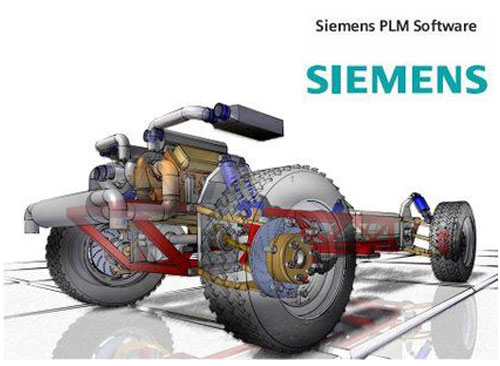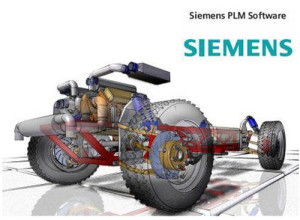 When professional to find information today their first choice is Google. They search internet even before they speak to their friends. Okay, now what do people do when they want to find people, instead of information?
When professional to find information today their first choice is Google. They search internet even before they speak to their friends. Okay, now what do people do when they want to find people, instead of information?
More specially, in the context of finding people for jobs, where do organisations go? They conducted campus interviews and selected candidates. Campus interviews make sense when employees want to hire in mass scale. However, for many just-in-time hiring of special skills, organisations try internet.
Candidates should make themselves findable or searchable online. This means having your presence in:
- Professional social networking portals like LinkedIn, and
- Having a personal website, and better updating your thoughts, experiences, and recent projects in these places.
Your LinkedIn profile
LinkedIn comes with many features to bring your personality in different colors. To begin with write a 100 to 300 words long summary using keywords that might attract a headhunter or employer to your profile.
Increase your connections – find friends , mentors, relations who have a LinkedIn profile and connect with them. The more connections you have the more your profiles will be easily accessed. Get your skills endorsed by people for who you have worked as an intern. You can get the endorsements from your professors as well.
Your own personal website
According to Workfolio, a company that develops applications for professional visibility, 56% of all hiring managers are more impressed by a candidate’s personal website than any other personal branding tool—however, only 7% of job seekers actually have a personal website.
A website gives you creative freedom to express your personality in ways that are not be possible through your resume. Everything and from the bio paragraph you write to the design , options you choose for your website could give recruiters more chances to decide if they want to bring you in for an interview.
Make sure that your website has a brief bio of yourself, your resume , professional summary/objective, samples of your work, a blog, videos and other relevant multimedia, and testimonials. With these two tools, you would be better off in the job market.




